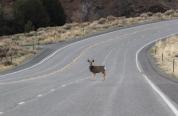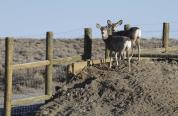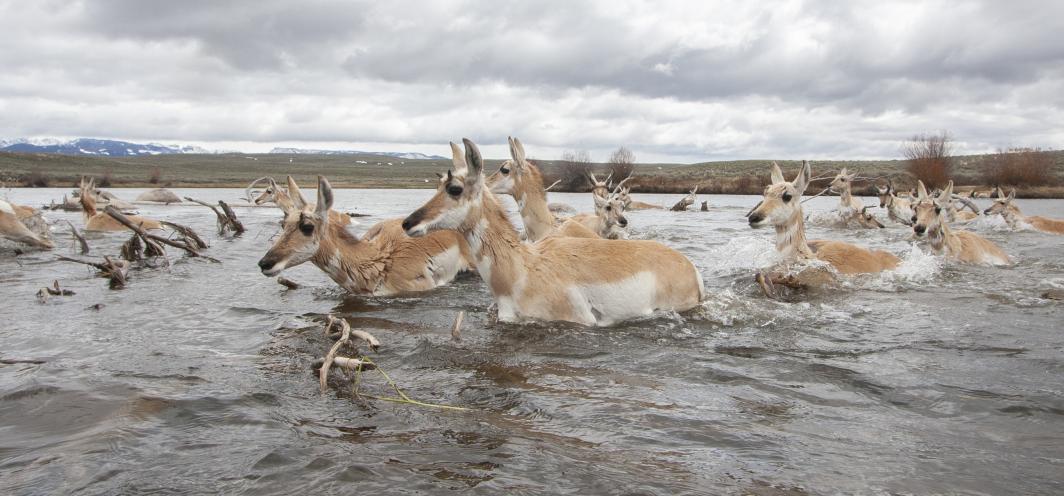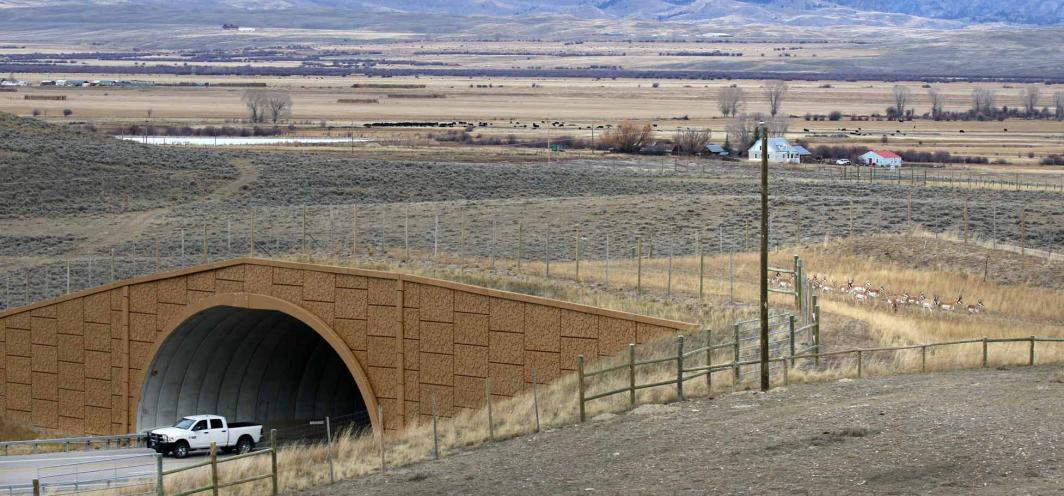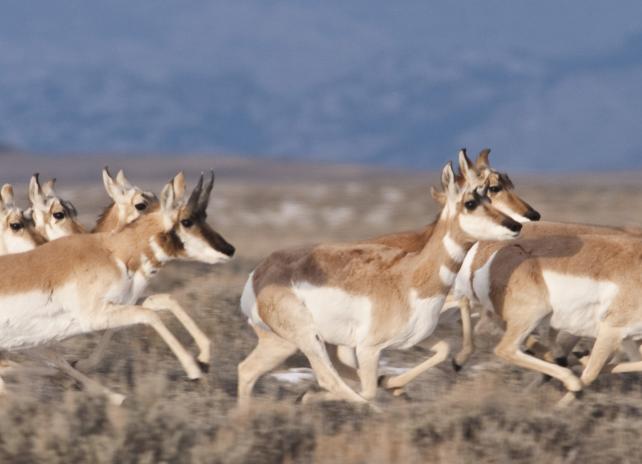
Movement matters
Shining a light on survival in Wyoming's harsh climates: Wyoming is home to some of the longest, intact big game migrations on the planet. But long or short-term, animals must move across the landscape to survive.
From big game migration to fish passages, migration is an area of emphasis for the Wyoming Game and Fish Department. Learn what the Game and Fish is doing to improve Wyoming's wildlife movements.
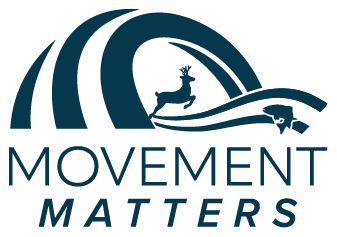
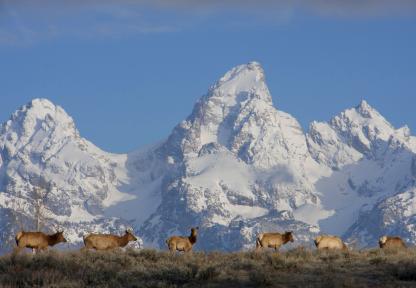
Big game migration
Game and Fish evaluates data and proactively manages migratory habitat throughout the state, including three designated corridors.
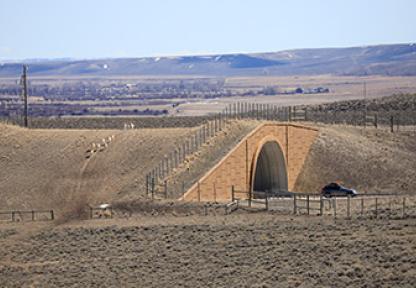
Wildlife crossings
Wildlife crossings reduce wildlife-vehicle collisions by giving wildlife the green light for safe passage.
Fish passage
Culverts, irrigation diversions and dams can block fish migrations, but there are many ways to improve this infrastructure to benefit fish.
Latest News - First Item
Latest News
Today's continued work
The Wyoming Game and Fish Department continues to study wildlife migration to conserve these historic routes now and into the future.
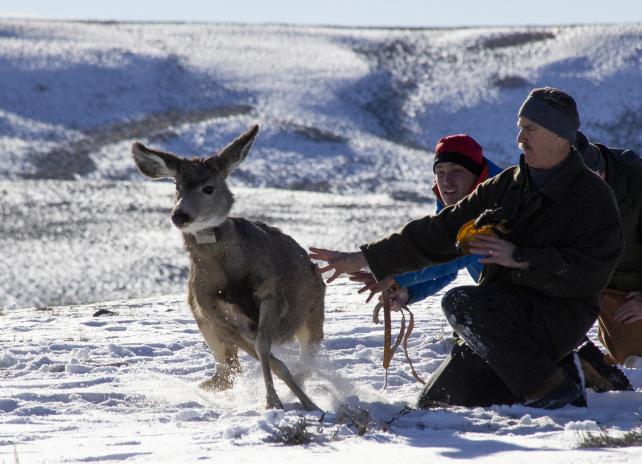
Collecting data
Biologists collect data annually from collars on mule deer, pronghorn, elk, bighorn sheep and moose. This advanced GPS technology confirms thousands of wildlife use the same migration routes to move between winter and summer range each year. Tagging fish allows the Fish Division to monitor how fish move around as well.
Focused management
With GPS collar data, Game and Fish and our partners can prioritize where to focus funding committed for better management of habitat within migration corridors and other critical seasonal habitats.
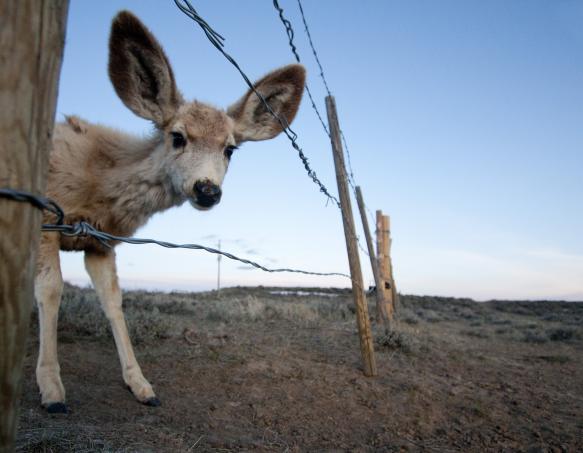
A Wyoming Landowner’s Handbook to Fences & Wildlife
Practical Tips for Fencing with Wildlife in Mind
The guide helps provide information on how to incorporate wildlife friendlier fencing to sustain short and long-distance wildlife movements across landscapes.




